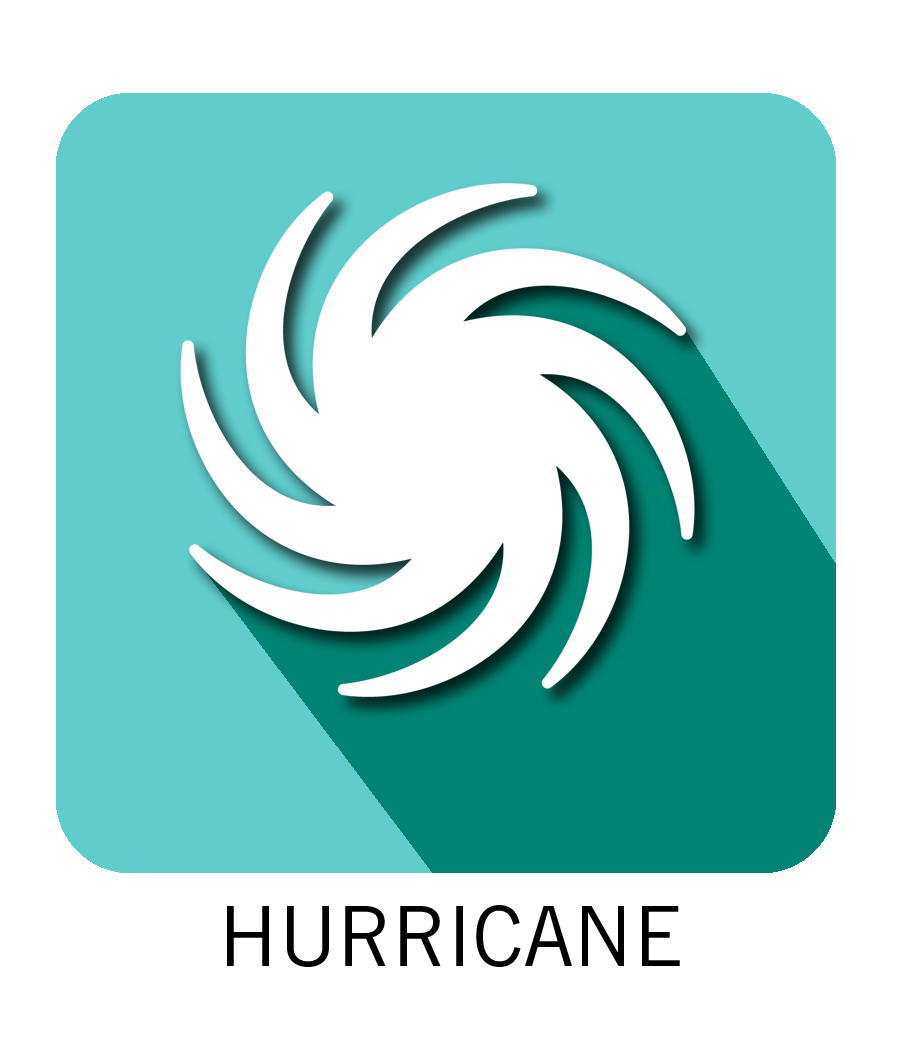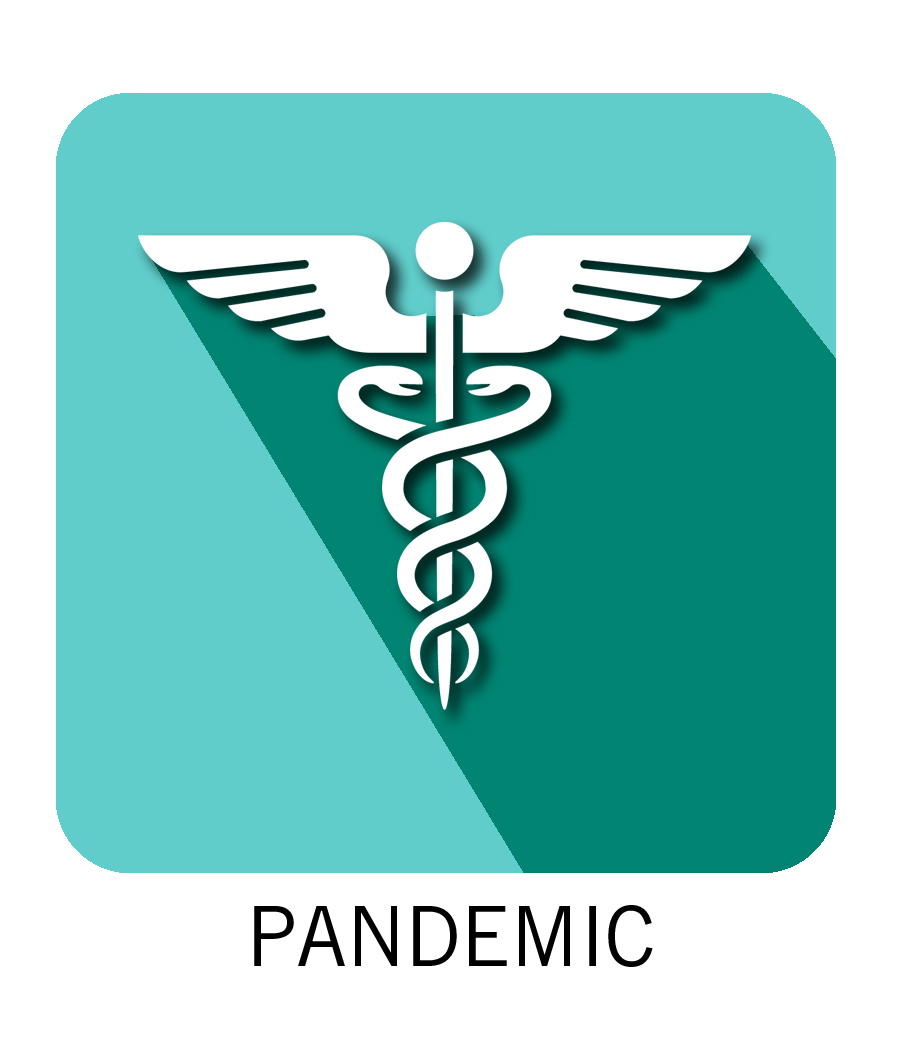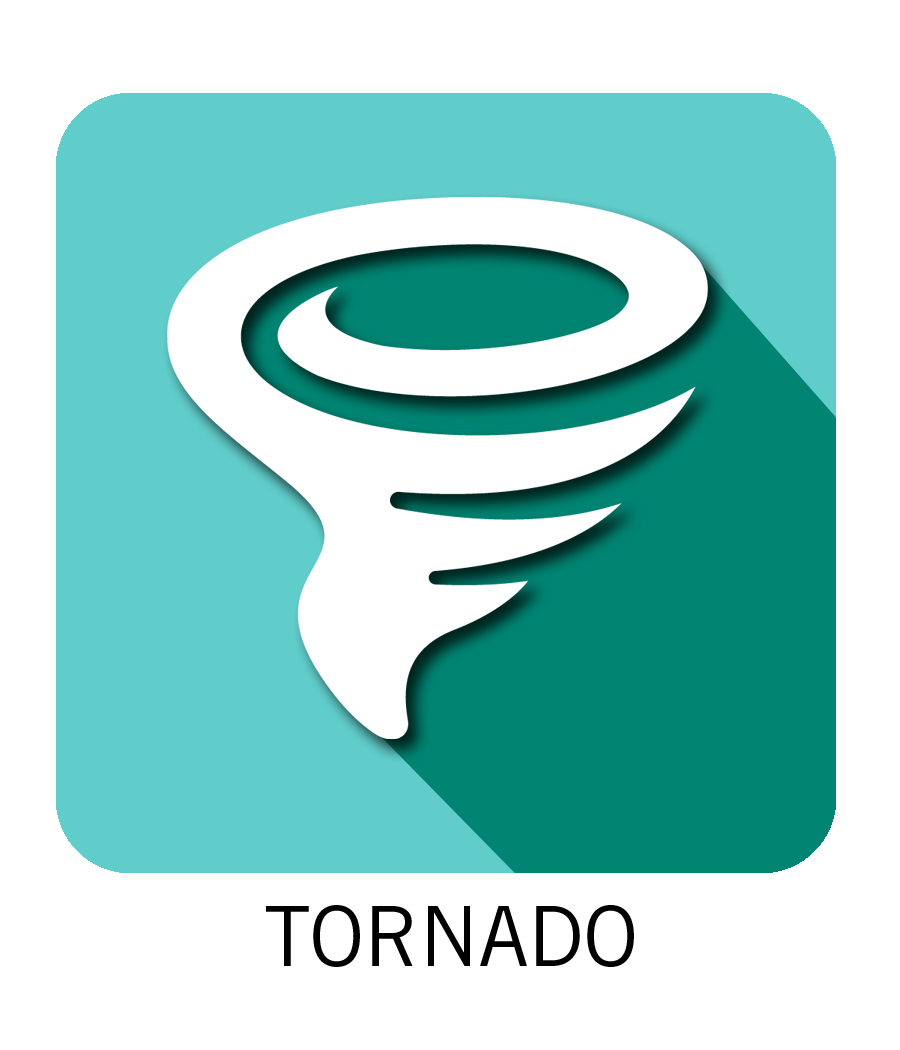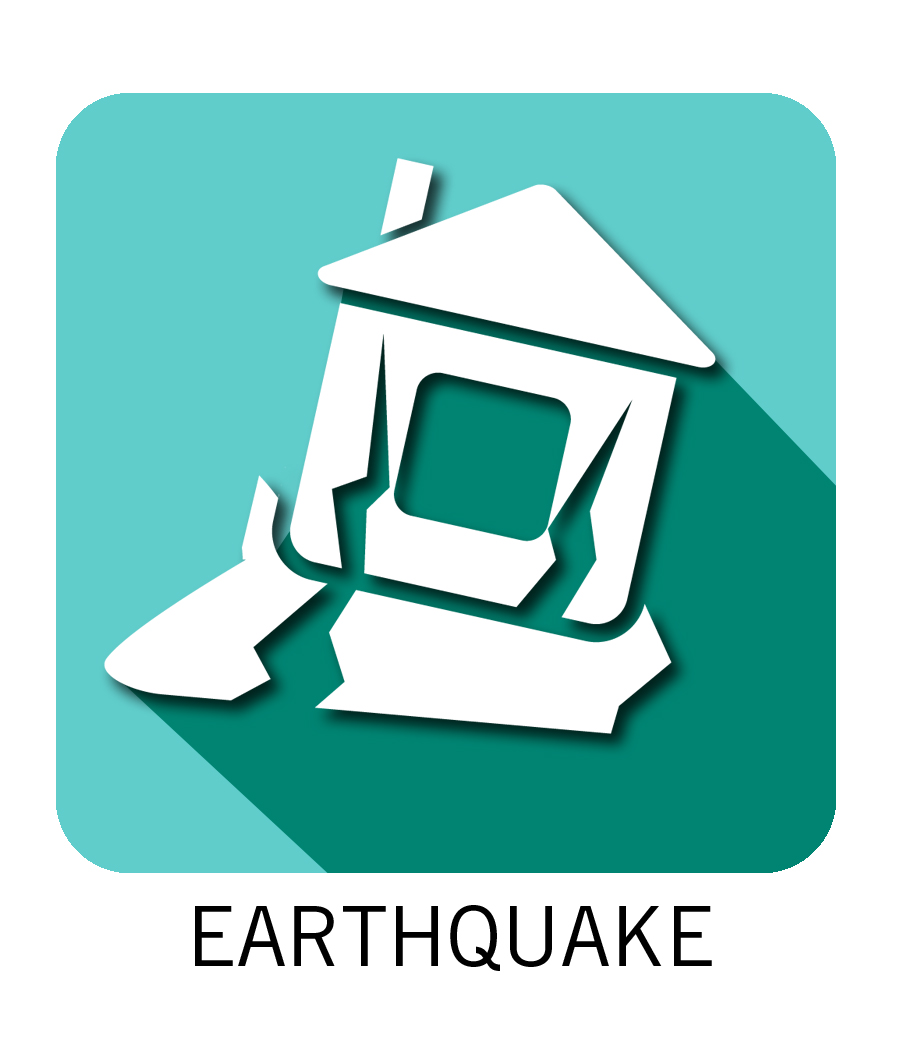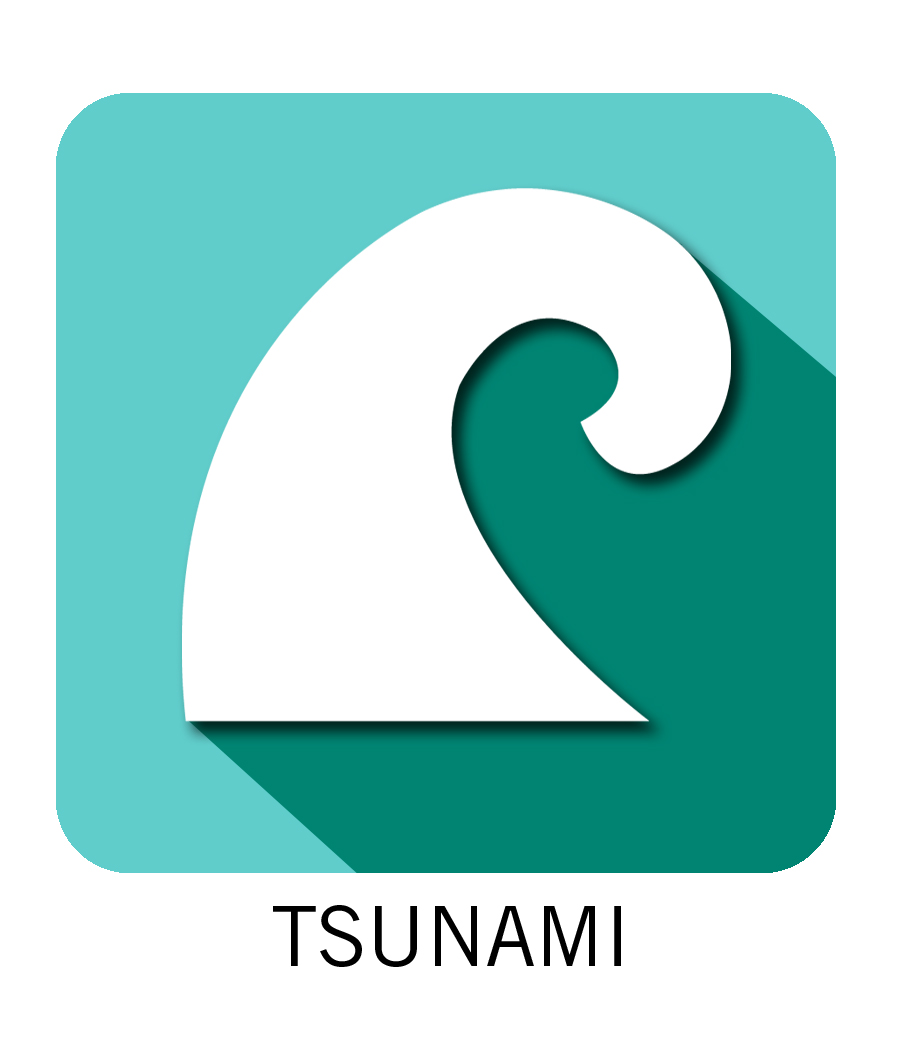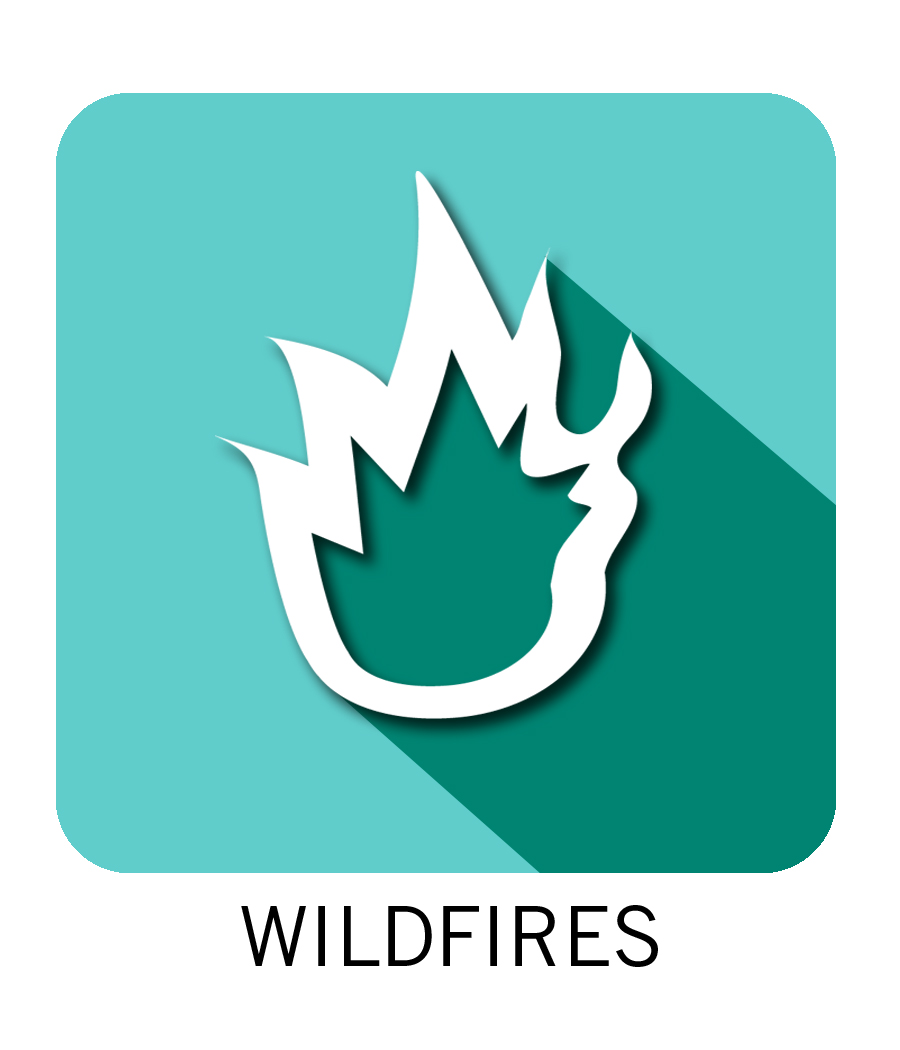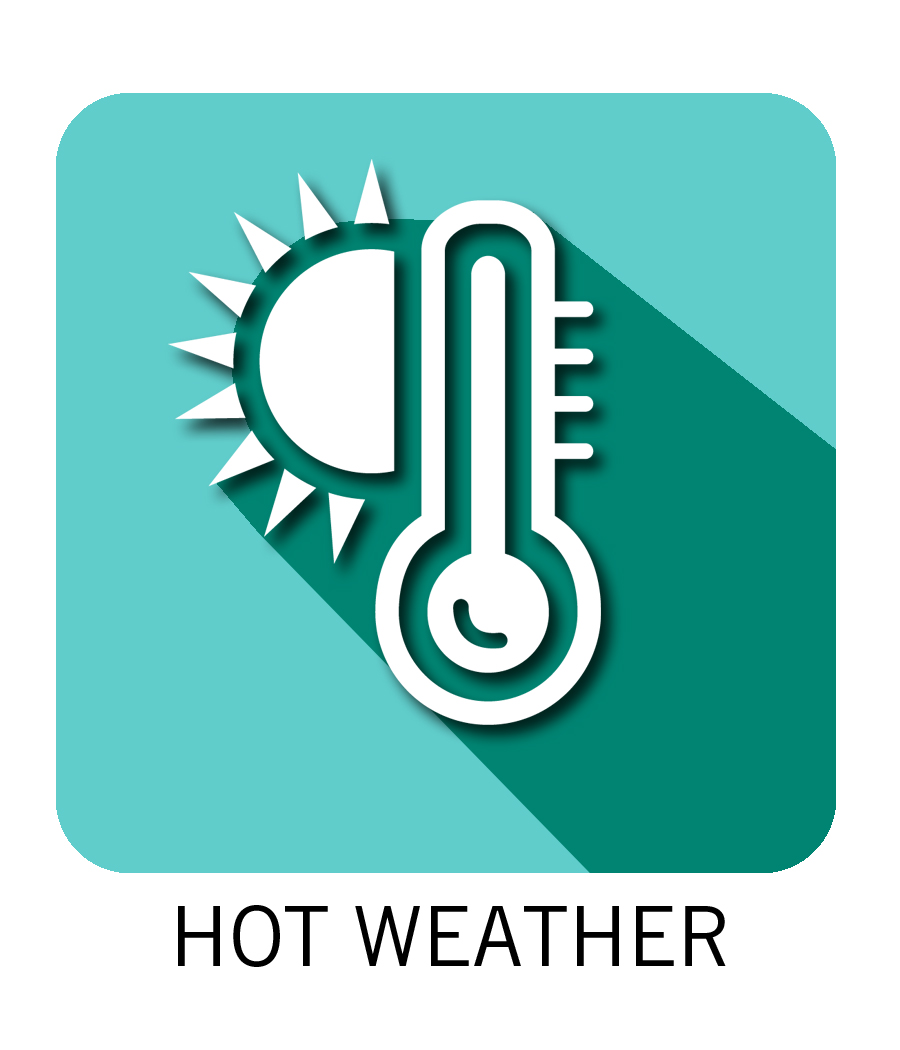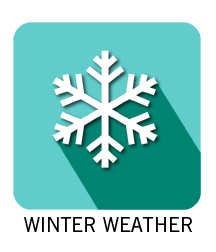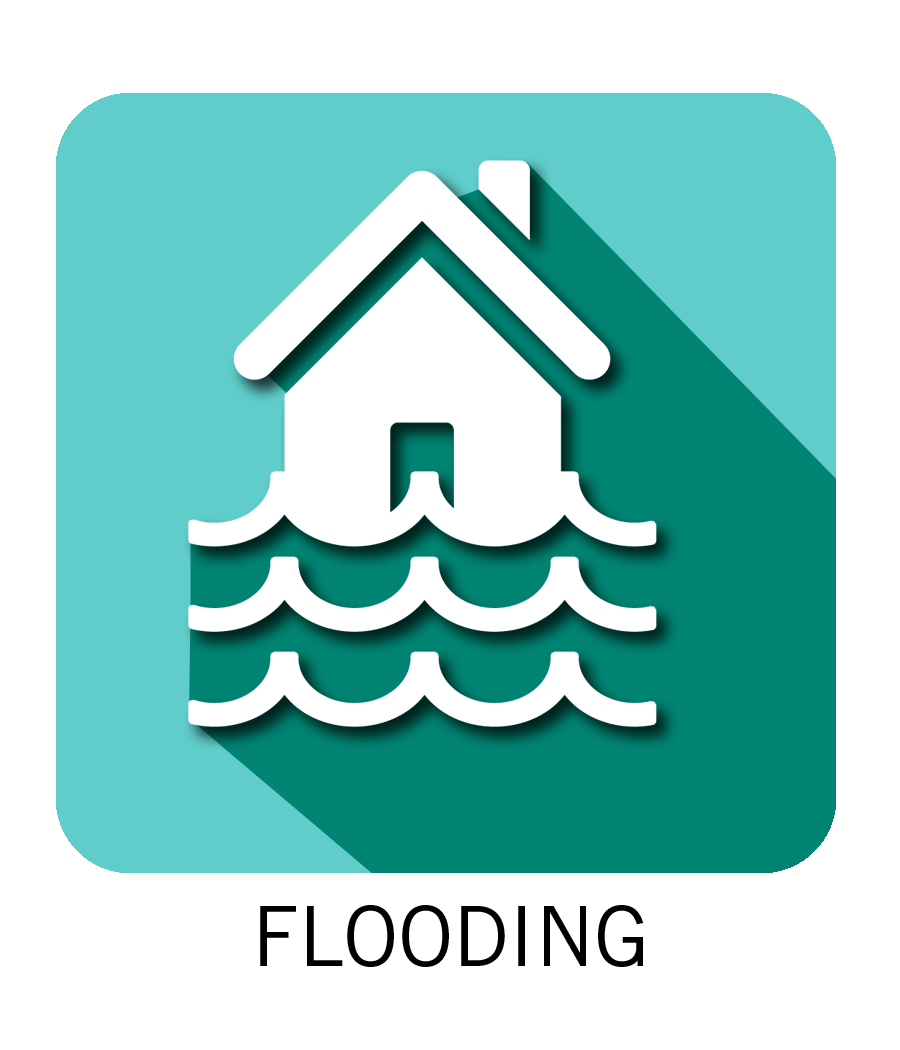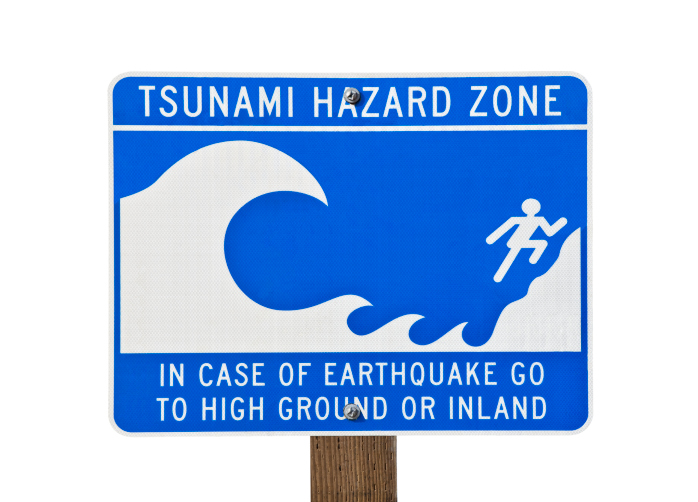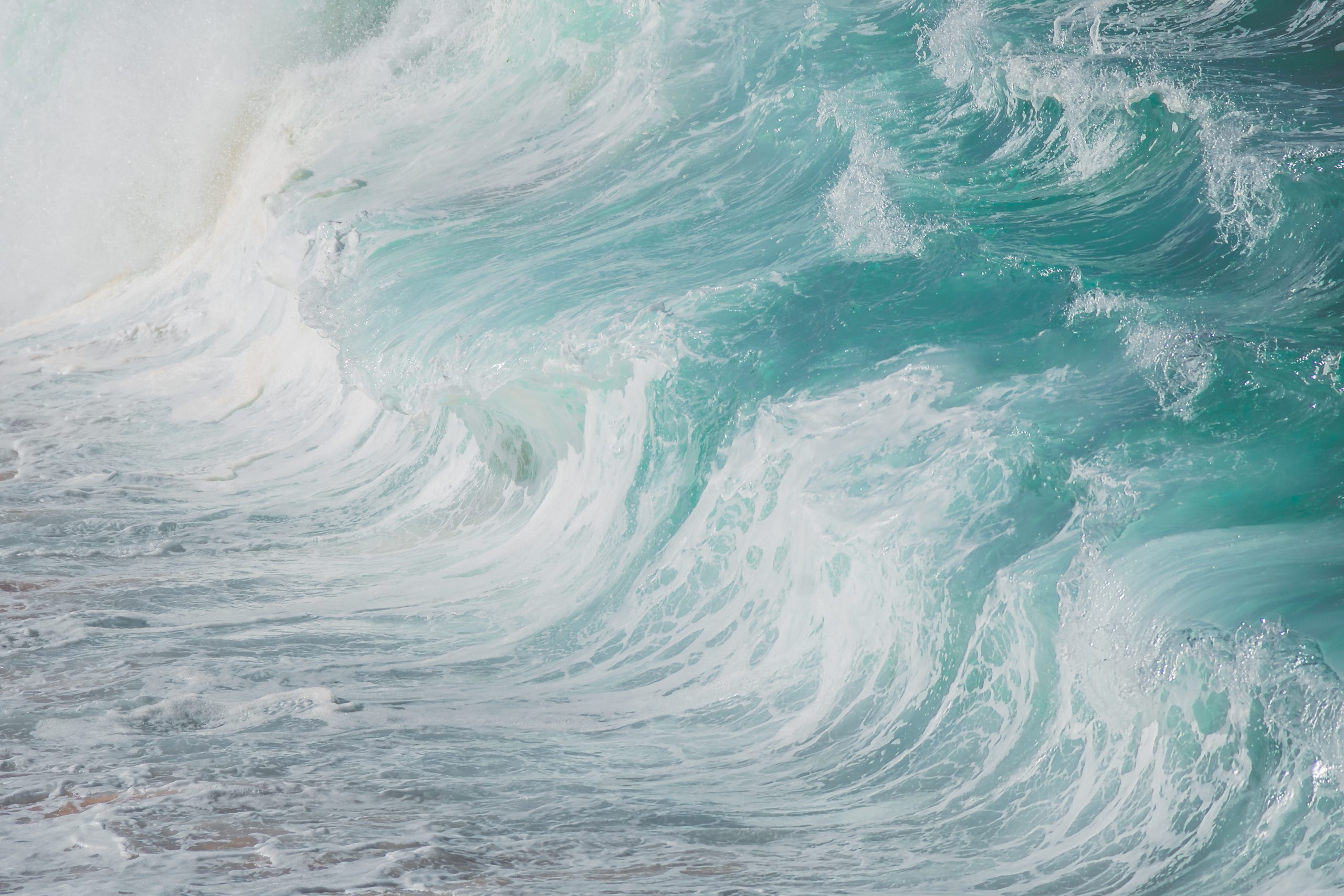
Tsunamis
Tsunamis are very much a part of American history, as well as other areas around the world. Although they are not common in the U.S., it is important for you to be able to protect yourself and your family in the case of such a catastrophic event.
Tsunamis are violent ocean waves produced by earthquakes, underwater landslides, volcanic eruptions, and even meteorites. Tsunamis are often mistaken for tidal waves; however, they are a series of waves that can travel at speeds averaging 450 mph (up to 600 mph) in the open ocean.
All tsunamis are potentially dangerous, even though they may not damage every coastline they strike. A tsunami can strike anywhere along most of the U.S. coastline. The most destructive tsunamis have occurred along California, Oregon, Washington, Alaska, and Hawaii coasts.
Planning for a Tsunami
To help keep yourself and your family safe, follow these safety tips:
-
- Develop a Family Disaster Plan. Tsunami-specific planning should include the following:
- Tsunami risk in your community. Be sure to find out if your home, school, workplace, or other frequently visited locations are in tsunami hazard areas. It is important to become familiar with the elevation of your community above sea level and the distance of your community from the coast or other high-risk waters.
- If you are visiting an area at risk from tsunamis, check with the hotel or campground operators for tsunami evacuation information and how you would be warned. It is crucial to know designated escape routes before a warning is issued.
- Develop a Family Disaster Plan. Tsunami-specific planning should include the following:
If you are at risk:
-
- Plan an evacuation route from where tsunamis present a risk. If possible, pick an area two miles inland, away from the coastline. Every foot inland or upwards may make a difference. You should be able to reach your safe location on foot within 15 minutes. Local emergency officials can help advise you as to the best route to safety and likely shelter locations.
- Practice your evacuation route. Practice makes perfect. It is important for you to be able to follow your escape route at night and during inclement weather. Practicing your plan makes the appropriate response more of a reaction, requiring less thinking during an actual emergency situation.
- Hold a family discussion about tsunamis. Everyone should know what to do in case family members are not together during a tsunami. Discussing a plan for tsunami safety ahead of time will help reduce fear and anxiety and let everyone know how to respond.
Know Your Tsunami Terms
Be sure to familiarize yourself with these terms to help identify a tsunami hazard:
-
- Tsunami Information Bulletin: An earthquake has occurred in the Pacific basin, which might generate a tsunami,
- Tsunami Warning: A tsunami was, or may have been generated, which could cause damage; therefore, people in the warned area are strongly advised to evacuate.
- Tsunami Watch: A tsunami was or may have been generated, but is at least two hours travel time to the area in Watch status.
Online Resources:
